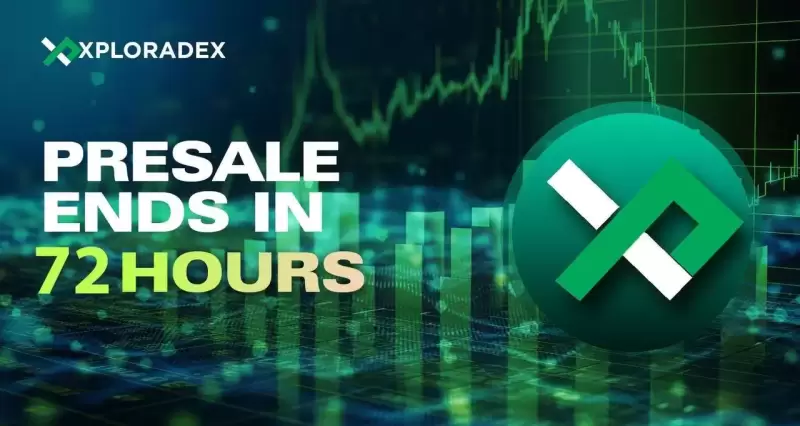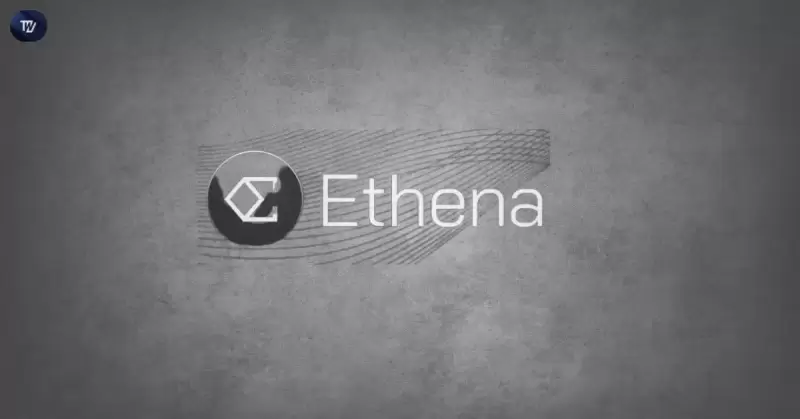 |
|
 |
|
 |
|
 |
|
 |
|
 |
|
 |
|
 |
|
 |
|
 |
|
 |
|
 |
|
 |
|
 |
|
 |
|
Cryptocurrency News Articles
Base, a Layer-2 Ethereum scaling tool for Coinbase, is under fire following the recent crash of a meme coin
Apr 18, 2025 at 05:58 am
Reportedly inspired by a viral online trend, the anonymous meme token debuted with great fanfare using Zora, a minting and distribution system for digital assets.

A new Layer-2 chain, Base, is facing criticism following a recent incident where a meme token on its network fell by over 95% in value just hours after release.
The token, which was introduced via the Zora protocol and reportedly inspired by a viral trend, drew interest from degens and meme coin aficionados. It quickly gained momentum on social media, with influencers highlighting its "moon potential" and early investors injecting liquidity. However, within 24 hours, the token's value plummeted by more than 95%, setting off indignation among members of the Base network and crypto analysts.
Many charged the platform with supporting predatory token launches, despite Base not being directly involved in the launch. As the network expands its meme coin culture, it is creating a "degen playground" with minimal to nonexistent quality control.
"Base has rapidly evolved into the Wild West of meme coins. There are no guardrails and no responsibility, simply exit scams being perpetrated in plain sight with a layer of hype," one X user stated.
Several others demanded that Coinbase and the Base Foundation apply simple rules or cautions regarding highly sought-after tokens.
"Can we get a message from the @Coinbase or @base_layer about applying risable [sic] practices for tokens that get insane valuations in the first 24 hours?" one user requested.
However, involvement in the token launch is being disputed. Base offers the infrastructure; the token was distributed utilizing the Zora protocol, a decentralized toolkit for digital assets created and shared locally. Operating with a permissionless attitude, Zora itself does not check or censor material on-chain. This decentralization muddles the responsibility story: should Base or Coinbase answer for what outside tools start on their chain?
Industry watchers say the event underscores the broader difficulties in juggling decentralization with user safety.
"We cannot have it both ways," said crypto researcher Lana Mendez. "Decentralized ecosystems thrive on openness, but that openness invites abuse especially when platforms like Base are daily adding thousands of new users."
Base's meme coin has generated debate before this as well. Several initiatives started with great promise recently, only to see their coins plummet or liquidity withdrawn. While meme tokens are inherently speculative, recurring events challenge Base network confidence, especially as Coinbase is presenting it as a mainstream, user-friendly Ethereum substitute.
While the Base team has yet to issue a formal statement, insiders say discussions are underway to increase openness.
In other news, a recent report by a blockchain researcher at Glassnode has revealed that despite the recent surge in cryptocurrency prices and network activity, the number of active Ethereum users has remained relatively low.
According to the researcher, despite the strong price performance and increased on-chain activity, particularly in Layer-2 protocols, the number of active Ethereum users has remained at around 1.5 million for the past six months. This finding suggests that while there is interest and activity in the cryptocurrency space, it is not necessarily translating into widespread user engagement with the Ethereum network.
The researcher's analysis focused on the total number of unique users interacting with the Ethereum network each day, considering both Layer-1 and Layer-2 protocols. The research period spanned from January 1, 2023, to December 31, 2023.
The findings showed that while the user count varied slightly from month to month, it remained within the 1.3 to 1.7 million range throughout the year. The highest user activity was observed in May, with 1.68 million users, while the lowest activity was seen in January, with 1.34 million users.
Despite the high levels of activity in Layer-2 protocols like Base and Optimism, which drew in millions of users, the overall user count remained stable. This suggests that many users may be participating in Layer-2 protocols but not necessarily engaging directly with Layer-1.
The researcher also noted that the number of active Ethereum users has decreased significantly since the 2021 bull market, when user activity reached peaks of over 3 million. This decrease in user numbers may be attributed to the cryptocurrency market downturn and the market volatility that followed the 2021 bull market.
The findings highlight the importance of considering both user activity and network activity when assessing the health and vitality of a blockchain network. While network activity can be high, as evidenced by the busy Layer-2 protocols, user engagement is crucial for the long-term success of any blockchain ecosystem.
As the cryptocurrency market continues to evolve, it will be interesting to see how user activity and network activity trends change in the coming year.
.
Disclaimer:info@kdj.com
The information provided is not trading advice. kdj.com does not assume any responsibility for any investments made based on the information provided in this article. Cryptocurrencies are highly volatile and it is highly recommended that you invest with caution after thorough research!
If you believe that the content used on this website infringes your copyright, please contact us immediately (info@kdj.com) and we will delete it promptly.
-

-

-

-

-

-

-

-

- Despite Looming Market Uncertainties, XRP Holders Remain Optimistic About the Token's Performance in the Coming Months
- Apr 19, 2025 at 04:00 pm
- This comes amid an unstable market condition witnessed across the global crypto space, with prices of major cryptocurrencies showing mixed signals and many returning to previous lows.
-





























































